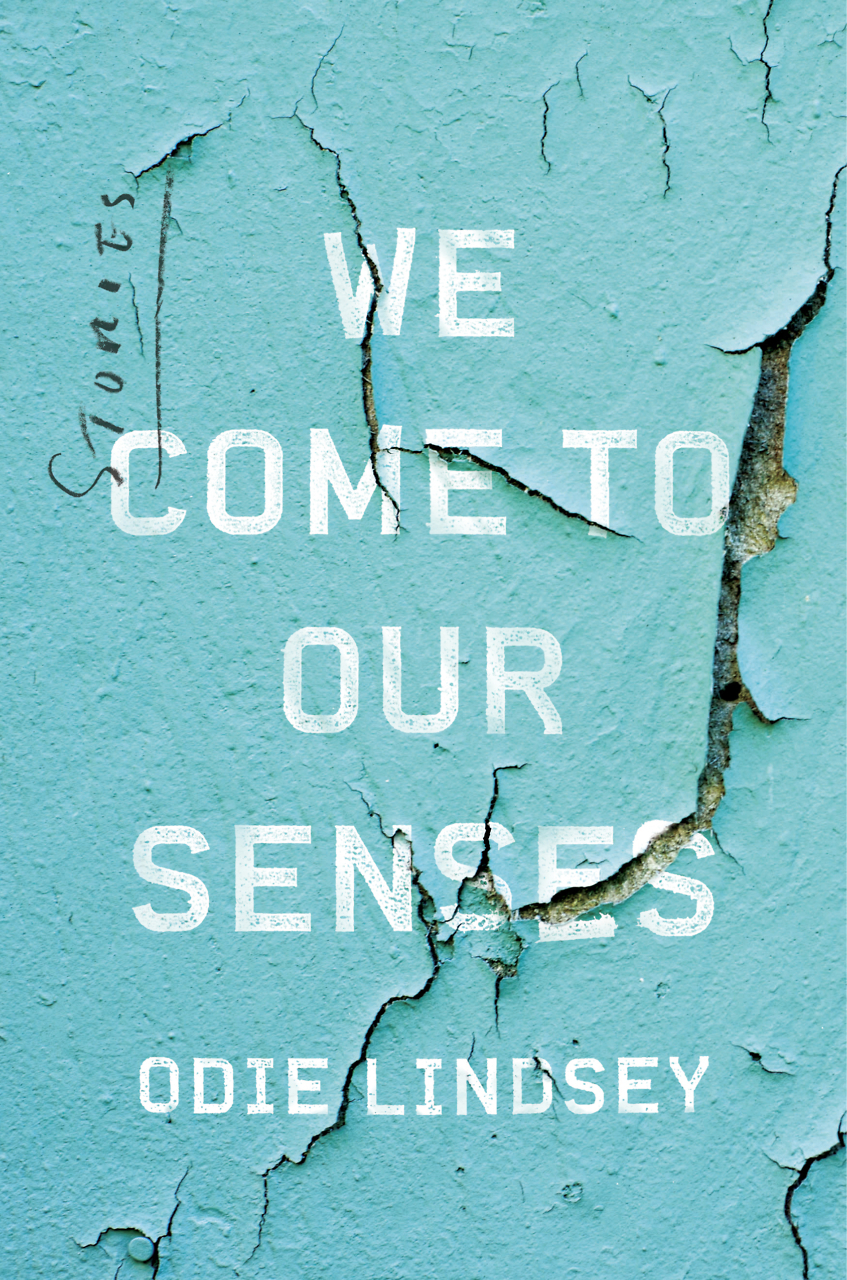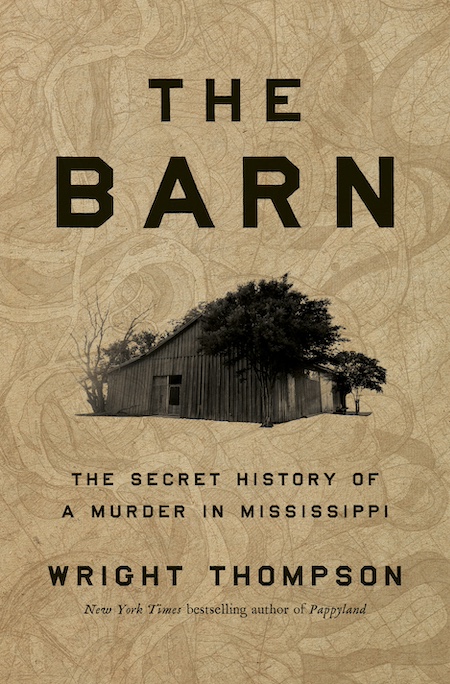Bad Moon, Good Story
Betsy Phillips’s new novel, The Wolf’s Bane, launches a new series of limited-edition books
Werewolves and books have enjoyed a long and lustrous relationship: the earliest European folk stories of men who turn into wolves likely came from the legends associated with German pagan traditions. But werewolves first appeared on the page as early as 8 A.D. when the Roman poet Ovid included the story of Lycaon, the first king of Arcadia, in Metamorphoses. Lycaon was turned into a wolf by Zeus after the king attempted to trick the god into eating a platter of human flesh. It’s wild and wooly stuff, and it set the mold for all cursed Wolf Men to come.
 The latest example of these literary lupines is Betsy Phillips’s new novel, The Wolf’s Bane, a collection of fictional secret manuscripts that purport to prove the existence of a wolf-like creature that has been the bane—pun intended—of Middle Tennessee since at least the Revolutionary War. The book is the inaugural project of the Nashville Limited Edition Club. Founded by Jennifer Knowles of Brown Dog Bindery and Chuck Beard of East Side Story, the project connects authors, artists, and bookbinders to create one-of-a-kind books published by Knowles and distributed by Beard. The Wolf’s Bane includes a limited-edition run of thirty handmade books priced at $300 each, as well as conventionally printed paperback copies priced at $30. The limited-edition version is bound in leather and includes edition prints by the five Nashville-area artists whose work is included as illustrations.
The latest example of these literary lupines is Betsy Phillips’s new novel, The Wolf’s Bane, a collection of fictional secret manuscripts that purport to prove the existence of a wolf-like creature that has been the bane—pun intended—of Middle Tennessee since at least the Revolutionary War. The book is the inaugural project of the Nashville Limited Edition Club. Founded by Jennifer Knowles of Brown Dog Bindery and Chuck Beard of East Side Story, the project connects authors, artists, and bookbinders to create one-of-a-kind books published by Knowles and distributed by Beard. The Wolf’s Bane includes a limited-edition run of thirty handmade books priced at $300 each, as well as conventionally printed paperback copies priced at $30. The limited-edition version is bound in leather and includes edition prints by the five Nashville-area artists whose work is included as illustrations.
Phillips’s introductory note relates the “history” of The Wolf’s Bane, comparing it to H.P. Lovecraft’s notorious magical text (or elaborate hoax), The Necronomicon. “Terrible things await the owner of this book,” she writes, “but the book provides the means to survive those things.” She signs her introduction with an apology.
The book includes a catalog of medicinal plants, their names and their uses; a collection of letters written by a priest from his jail cell; the story of a freed slave who practiced as a magical doctor in Nashville; and the druggy diary of a hippie girl. The stories are separated by centuries and styles, but they share references to a wolf-like monster that appears in Middle Tennessee during the full moon—Native American legends are evoked; silver cages are constructed. Through these various accounts, the Wolf gradually emerges from the shadows, and certain governing rules emerge. Only one person can be the Wolf at a time. His traits are passed through a bite. The Wolf knows what he does. The person who holds the Wolf knows what the Wolf does.
If Phillips has created a hoax here, it’s an ambitious one: telling a tale from multiple points of view through characters of various races and genders across a span of hundreds of years is unquestionably a challenge. In The Wolf’s Bane, the real attraction is less the narrative pyrotechnics than the story itself. The fact that The Wolf is passed from cursed victim to cursed victim, back and forth, is a unique vision of the historic trope and sets up one of the most arresting scenes in this book:
Ben was chained to the floor only by an ankle. He sat somewhat upright, and she, as stark naked as him, straddled him, holding his slowly changing face in one hand, as they rocked gently together, taking the spouse’s comfort in each other. And then, to my horror, he bit her, gently, right on the breast. She gave a great shudder, and threw her head back. His features settled into their usual configuration, but she grew lupine atop him. Just when I thought she must be on the verge of sprouting whiskers, she leaned down and licked that soft part of his neck just above his collarbone, and she gently bit him in return. Her features this time settled normally and his began to stretch and shift.
The picture of the creature Phillips evokes is brought into even greater relief by the illustrations of Platetone printmakers Lesley Patterson-Marx, Carrie Cox, Megan Kelley, Bryce Coatney, and Jessica Crouch. Crouch’s contributions cut to the quick, capturing the most esoteric content in The Wolf’s Bane: her linocut “Entangled” features a den of wolves in a tight tangle, each biting the tail of the next. Also by Crouch, “Rougarue Veve” is a magical sigil, an elaborate symbol that provides protection from possession by the beast. Megan Kelley’s “The Wolf” is a woodblock print that looks like a Tarot card—a response to the reference to divination decks of unknown provenance. Lesley Patterson-Marx’s print puts her familiar earth-goddess imagery to good use, depicting a female figure embodying the curative powers of the sacred plants listed in the book’s first chapter. Carrie Cox offers up a detailed etching of an actual grey wolf, while Bryce Coatney’s lithograph reminds readers of the demonic roots of werewolf lore.
Each limited-edition version of The Wolf’s Bane comes signed by Phillips and all the artists and is presented in a linen bag, but maybe it should come with a vial of holy water or a silver locket as well. For those who would follow the mystery of the Wolf, this new volume might offer more questions than answers. Be careful.

Joe Nolan is a writer and intermedia artist in Nashville. His articles about homelessness and poverty have been published by The Contributor, translated into three languages, and reprinted across Europe.


